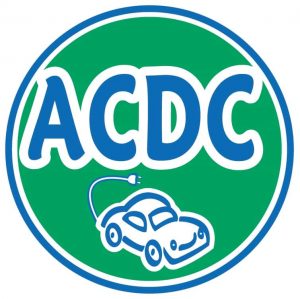 The Hyundai Ioniq Hybrid uses a 12 volt lithium-ion battery instead of a 12 volt lead-acid battery. It has a “fail safe” feature in case it is low on charge. A reset button on the dash will connect the HV hybrid battery to DC-DC converter and then recharge the little li-ion 12 volt battery, as long are there aren’t any other problems. Weight savings was the main reason, in this case, 26 pounds (12 kg). That may not sound like a lot, but it is, and that matters for a hybrid vehicle that has a mission of being highly fuel efficient. It also gives this version of the Ioniq two percent more cubic feet of cargo space than its EV and plug-in hybrid versions. There are downsides of course. The lithium-ion battery is sealed under the seats in the same unit as the HV battery. You won’t be able to use your Ioniq to jumpstart someone else’s car. That also means it will likely cost much more to repair or replace than a conventional battery, and longevity is an unanswered question. Hyundai offered a lifetime warranty with unrestricted mileage to the original owner for the HV pack and a 10-year/100,000-mile warranty to alleviate those concerns in the US.
The Hyundai Ioniq Hybrid uses a 12 volt lithium-ion battery instead of a 12 volt lead-acid battery. It has a “fail safe” feature in case it is low on charge. A reset button on the dash will connect the HV hybrid battery to DC-DC converter and then recharge the little li-ion 12 volt battery, as long are there aren’t any other problems. Weight savings was the main reason, in this case, 26 pounds (12 kg). That may not sound like a lot, but it is, and that matters for a hybrid vehicle that has a mission of being highly fuel efficient. It also gives this version of the Ioniq two percent more cubic feet of cargo space than its EV and plug-in hybrid versions. There are downsides of course. The lithium-ion battery is sealed under the seats in the same unit as the HV battery. You won’t be able to use your Ioniq to jumpstart someone else’s car. That also means it will likely cost much more to repair or replace than a conventional battery, and longevity is an unanswered question. Hyundai offered a lifetime warranty with unrestricted mileage to the original owner for the HV pack and a 10-year/100,000-mile warranty to alleviate those concerns in the US.
When you get a call to jump start any hybrid or EV, do you know what to do? ACDC can help.



